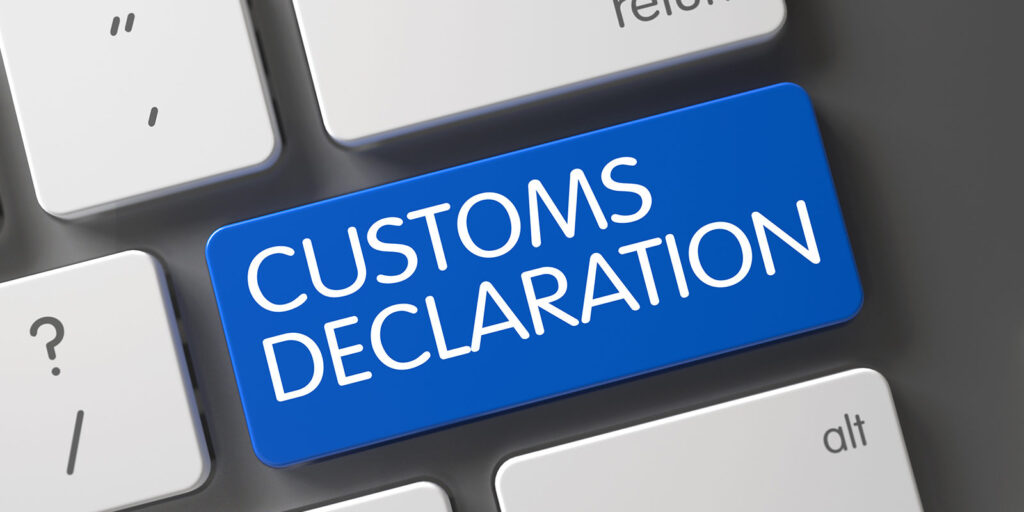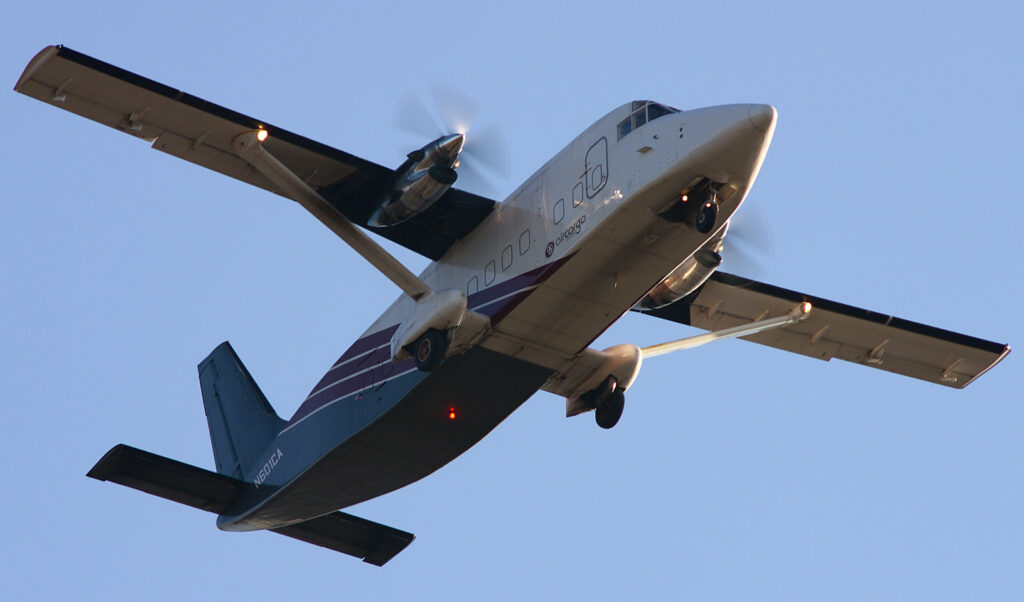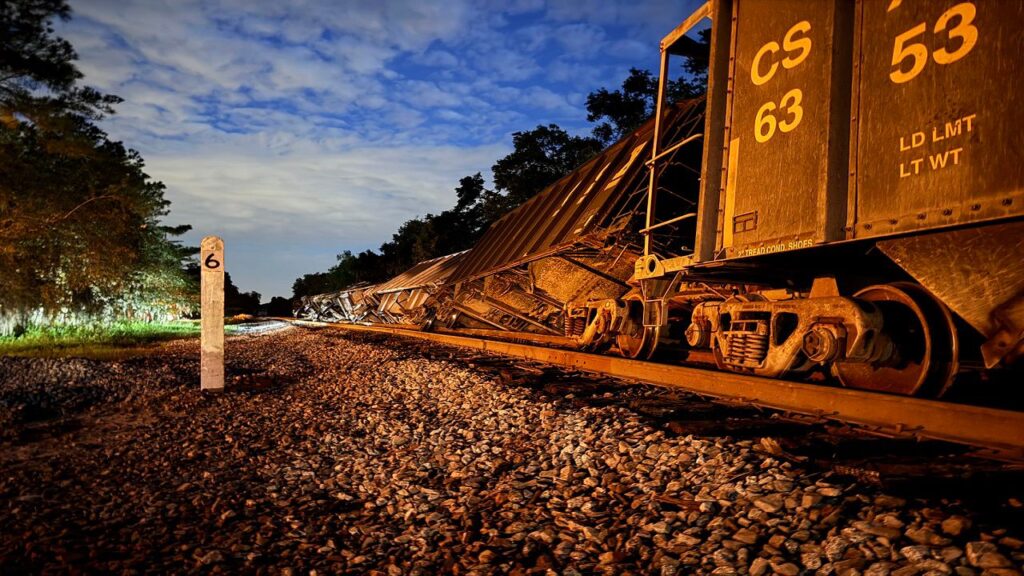- By Della tj
- October 21, 2025
- Customs Brokerage, Shipping
Reliable customs clearance from China to Italy is crucial for every importer who wants to prevent costly delays, penalties, or shipment holds. With accurate documentation, proper classification, and expert support, your goods can pass through Italian customs swiftly and compliantly. Choosing a trusted partner ensures a seamless supply chain from Chinese ports to Italian warehouses.
Why Reliable Customs Clearance from China to Italy Is Essential
Every international shipment from China to Italy must pass through strict customs procedures governed by the European Union and Italian authorities. Errors in documentation or tariff classification can lead to detention or financial loss. Indeed, Italian Customs (Agenzia delle Dogane e dei Monopoli) requires complete transparency in product value, origin, and safety compliance.
Moreover, a professional customs clearance service helps you comply with CE marking, VAT registration, and EORI number requirements. Consequently, it ensures not only legal compliance but also faster logistics flow. Without reliable clearance, your business may face delayed inventory, additional storage costs, or even import bans.
To summarize, reliable customs clearance isn’t just an administrative step—it’s a critical part of your logistics efficiency and brand reputation.
Key Documents Required for Customs Clearance
Accurate paperwork forms the backbone of the customs clearance process. Any missing or inaccurate document may result in shipment delays. The following table lists the essential documents required when importing from China to Italy:
| Document Type | Purpose | Issued By |
|---|---|---|
| Commercial Invoice | States the transaction details and goods’ value | Supplier or exporter |
| Packing List | Details contents and weights of each package | Supplier |
| Bill of Lading / Airway Bill | Proof of shipment and ownership | Carrier |
| Certificate of Origin | Confirms where goods are produced | Chinese Chamber of Commerce |
| Import Declaration | Legal entry filing to Italian Customs | Importer or broker |
| CE Certification | Demonstrates EU product compliance | Manufacturer or certifying body |
Additionally, some goods (food, electronics, textiles) require special import permits. Hence, confirming documentation requirements before shipment is crucial.

Cost and Duty Overview for Shipments from China to Italy
Import costs vary by product type, declared value, and shipping mode. The following breakdown shows common customs-related expenses:
| Cost Element | Description | Estimated Range (USD) |
|---|---|---|
| Import Duty | Based on HS code and CIF value | 0–12% |
| VAT (IVA) | Applied at 22% (standard EU rate) | Varies |
| Customs Broker Fee | Handling and clearance service | $50–$150 |
| Inspection Fee | For random or mandatory inspections | $30–$100 |
| Port/Terminal Handling | Storage, loading, and delivery | $100–$250 |
Accordingly, importers should budget 25–30% of goods’ value to cover total landed costs. Having professional customs support helps accurately estimate taxes and avoid overpayment.
Real Cases of Successful Customs Clearance
Case 1 – Electronics Import (Shenzhen → Milan)
Goods: 5,000 LED lights (FCL 20ft container)
Shipping Mode: Sea Freight
Total Cost: $2,100 including duties
Transit Time: 28 days
Outcome: Cleared in 48 hours with pre-submitted electronic invoices via AIDA customs system.
Case 2 – Furniture Delivery (Guangzhou → Venice)
Goods: Wooden furniture (LCL 35m³)
Mode: Rail + Truck
Cost: $1,850
Transit Time: 22 days
Outcome: CE-certified, cleared without inspection delay.
These examples demonstrate that combining compliance, digital submission, and experienced brokers can dramatically reduce clearance time and cost.
Shipping Method Comparison: Sea, Air, and Rail Freight
Choosing the right shipping method affects customs clearance time, cost, and logistics efficiency.
| Mode | Average Cost (USD/CBM) | Transit Time | Advantages | Limitations |
|---|---|---|---|---|
| Sea Freight | 60–90 | 25–35 days | Lowest cost for bulk goods | Longer transit |
| Air Freight | 300–500 | 5–8 days | Fastest customs processing | Highest cost |
| Rail Freight | 120–150 | 15–20 days | Balanced option | Limited capacity |
Moreover, multimodal transport—combining rail and truck delivery—offers faster door-to-door service while keeping costs moderate. Importers should analyze their shipment type and timeline to select the best mode.
Common Customs Challenges and Solutions
Although customs processes are standardized, errors still occur frequently. Below are common issues and practical solutions:
| Problem | Cause | Solution |
|---|---|---|
| Incorrect HS Code | Misclassification | Consult licensed broker |
| Missing CE Mark | Non-compliance | Verify EU product rules |
| Incomplete Invoice | Missing value or signature | Recheck documentation |
| VAT Delay | Lack of registration | Register for VAT/EORI early |
Additionally, digital platforms like AIDA and EDI systems simplify verification and tracking. Using automated data exchange minimizes human error and speeds up customs approval.
Technology’s Role in Reliable Customs Clearance
Technology now plays a vital role in accelerating customs operations. Italy’s digital customs systems allow pre-submission of documentation, minimizing manual verification. For example, Electronic Data Interchange (EDI) ensures direct communication between shippers, customs, and freight forwarders.
Furthermore, blockchain-based supply chains are improving traceability and fraud prevention. Importers using such systems can view real-time clearance status and shipment tracking. As a result, automation not only speeds up approvals but also reduces administrative costs.
Moreover, AI-driven data validation is now detecting incorrect HS codes before submission—saving both time and money. Hence, integrating technology is no longer optional but essential for reliable customs clearance from China to Italy.
Steps to Ensure Smooth Customs Clearance
To guarantee a smooth customs experience, importers should adopt a proactive strategy:
- Verify HS Codes Early: Classify products correctly according to EU tariff codes.
- Prepare Complete Documents: Ensure all invoices, COOs, and packing lists are signed and aligned.
- Partner with Licensed Agents: Reliable brokers simplify compliance and communication.
- Use Pre-Arrival Declarations: Submit customs data before shipment arrives.
- Track in Real Time: Use digital tracking systems for full visibility.
- Review Post-Entry Audits: Keep all customs documents for five years as required by law.
By following these steps, importers significantly reduce customs risk and enhance delivery reliability.
Conclusion
Reliable customs clearance from China to Italy is the foundation of a smooth, cost-effective, and compliant import process. By preparing accurate documents, using correct HS codes, and partnering with professional customs brokers, importers can minimize risks and accelerate deliveries.
Moreover, understanding Italy’s VAT, duties, and EU regulations allows businesses to plan logistics efficiently and maintain profitability. Leveraging technology—such as digital submissions and EDI systems—further reduces manual errors and speeds up clearance times.
To summarize, importers who focus on compliance, accuracy, and reliable partnerships experience fewer delays and smoother cross-border trade. For a stress-free experience and reliable customs clearance from China to Italy, partner with trusted experts who handle every step—from declaration to final delivery—with precision and transparency.
Request a Quote
Need a tailored solution for your shipping from China?Let TJ China Freight Forwarder assist you with reliable, cost-effective service.
FAQ:
Q1.How can I reduce customs delays for shipments from China to Italy?
Prepare accurate documentation and use a certified customs broker experienced in China–Italy logistics.
Q2.Do I need an EORI number for imports to Italy?
Yes, every importer into Italy or the EU must register for an Economic Operator Registration and Identification (EORI) number.
Q3.What products require special customs clearance in Italy?
Electronics, textiles, food, and cosmetics often need CE marking and safety certifications before clearance.
Q4.How is VAT calculated for goods imported from China to Italy?
VAT is 22% and is applied to the total cost, including product value, shipping, and insurance.
Q5.Can small businesses handle customs clearance themselves?
Although possible, hiring professionals ensures compliance and prevents penalties for incorrect declarations.




